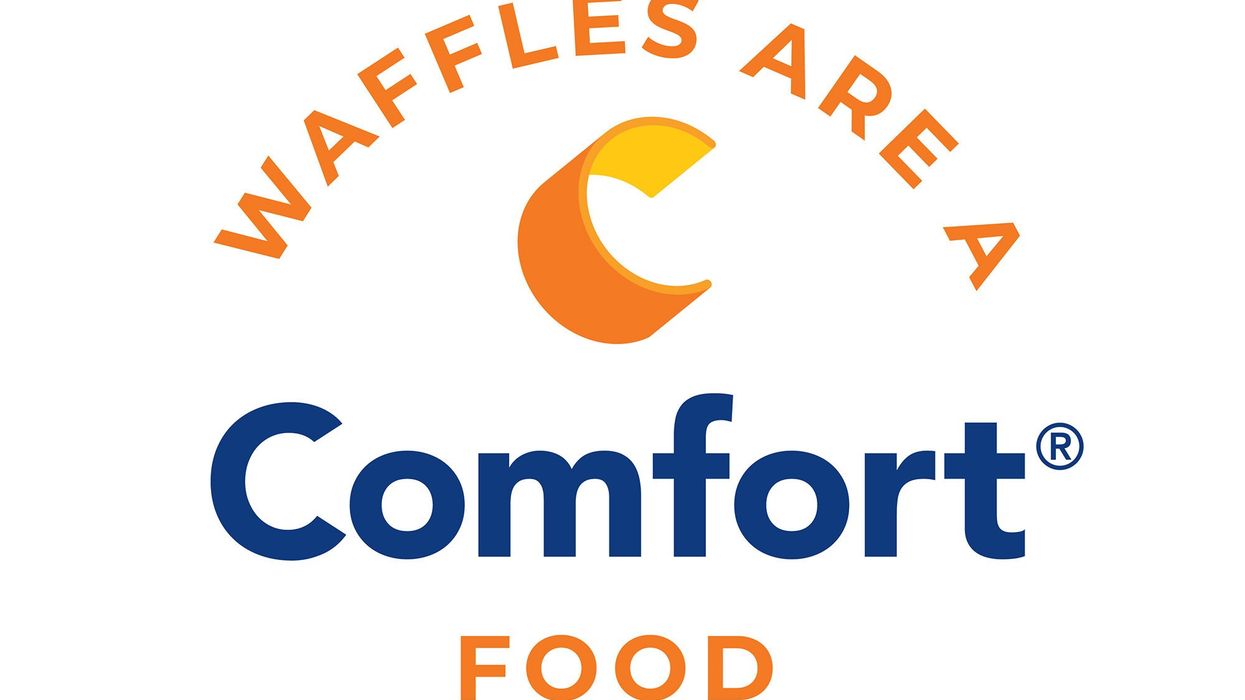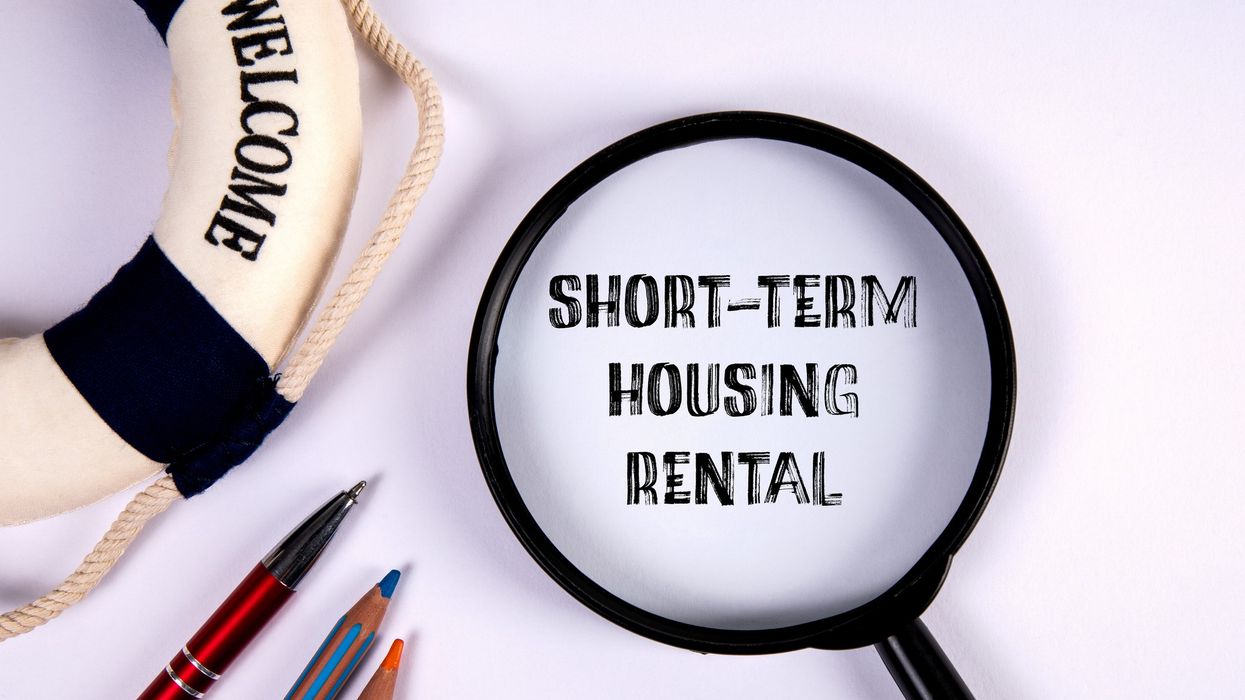Summary:
- California hotel development split in 2025, with openings up 64 percent and new construction down, according to Atlas Hospitality.
- Los Angeles County leads in activity with 20 hotels under construction totaling 2,435 rooms and 195 hotels in planning with 27,228 rooms.
- Northern California lags; San Francisco had no openings, one hotel under construction and 41 projects in planning, down from 46 last year.
CALIFORNIA’S HOTEL DEVELOPMENT shows a split trend in 2025, with completions rising and new construction slowing, according to Atlas Hospitality Group. Atlas’s analysts note that rising construction costs and tighter lending have led to a more selective pipeline.
About 36 hotels opened in the first half of 2025, up 64 percent from the same period in 2024, with room count increasing 135 percent from 2,289 to 5,369, according to Atlas's midyear report. The report also found that over half of this year’s new rooms came from one project—the 1,600-room Gaylord Pacific Resort in Chula Vista, the largest California hotel opening in 33 years.
“We’ve seen 64 percent more hotels open compared to last year, with 135 percent more rooms,” said Alan Reay, president of Atlas. “The 1,600-room Gaylord Pacific Resort is the largest hotel to open in 2025 and the largest in California in the past 33 years.”
The number of hotels under construction fell 19.5 percent to 99 projects, down from 123, while total rooms dropped 21 percent from 15,542 in 2024 to 12,213 in 2025. Los Angeles County led Southern California in construction, with five openings and 20 projects (2,435 rooms) underway.
The 194-room AC Hotel Pasadena was the largest to open, while the 300-room Kali Hotel in Inglewood is the largest project under construction. With 195 hotels and over 27,000 rooms in planning, the county remains the most active in the state, though its pipeline has contracted slightly year over year.
Southern California leads
Los Angeles County leads the state in both construction and planning, the report said. It has 20 hotels with 2,435 rooms under construction and 195 hotels with 27,228 rooms in planning. The largest project underway is the 300-room Kali Hotel in Inglewood.
San Diego County added three hotels in early 2025, led by the Gaylord Pacific. It has 10 hotels with 1,106 rooms under construction and 91 hotels with 15,101 rooms in planning. Riverside and San Bernardino counties remain active, while Orange County had only one opening and just five rooms under construction.
North sees modest growth
Northern California is seeing slower activity. San Francisco County had no hotel openings and only one hotel under construction—the 169-room Waldorf Astoria. It has 41 hotels with 4,729 rooms in planning, down from 46 projects last year.
Santa Clara County is more active, with three openings so far in 2025, including the 254-room Treehouse Hotel in Sunnyvale. It has one project under construction and leads Northern California in pipeline volume, with 70 hotels and 10,788 rooms in planning.
Sacramento and Alameda counties also reported a few openings and modest construction totals. Monterey leads Northern California in rooms under construction with 650, while Sonoma has the highest number of hotels under construction with five.
Positive outlook
The sharp rise in openings through mid-2025, following a 66 percent decline over the past three years, signals a market rebound, the report said. But the drop in construction reflects a more selective environment shaped by financing constraints and rising costs.
Developers are focusing on large, well-positioned projects with strong demand, such as the Gaylord Pacific and Treehouse Hotel. Lenders are applying more scrutiny, resulting in longer timelines and fewer speculative projects.
As construction pipelines tighten, planning activity across counties points to continued long-term optimism, with attention shifting to high-yield, high-demand locations supported by tourism and business fundamentals.
Atlas’s 2024 year-end report found that California hotel development hit a decade low, with 35 new hotels and 3,798 rooms added—a 34 percent drop in openings and nearly 40 percent decline in rooms from 2023.

















